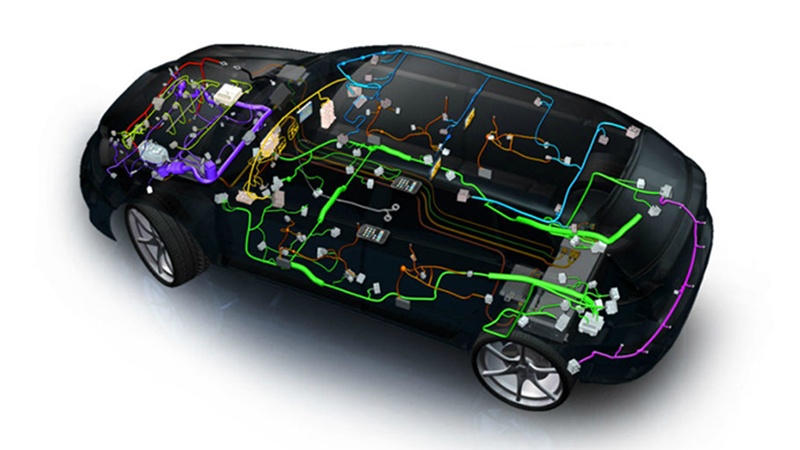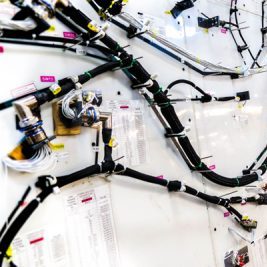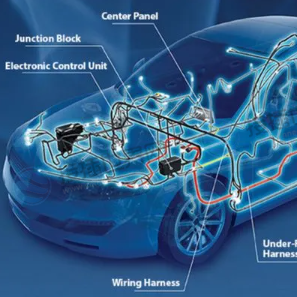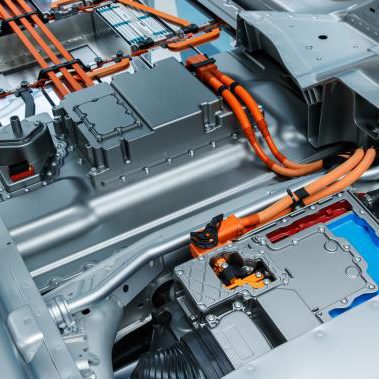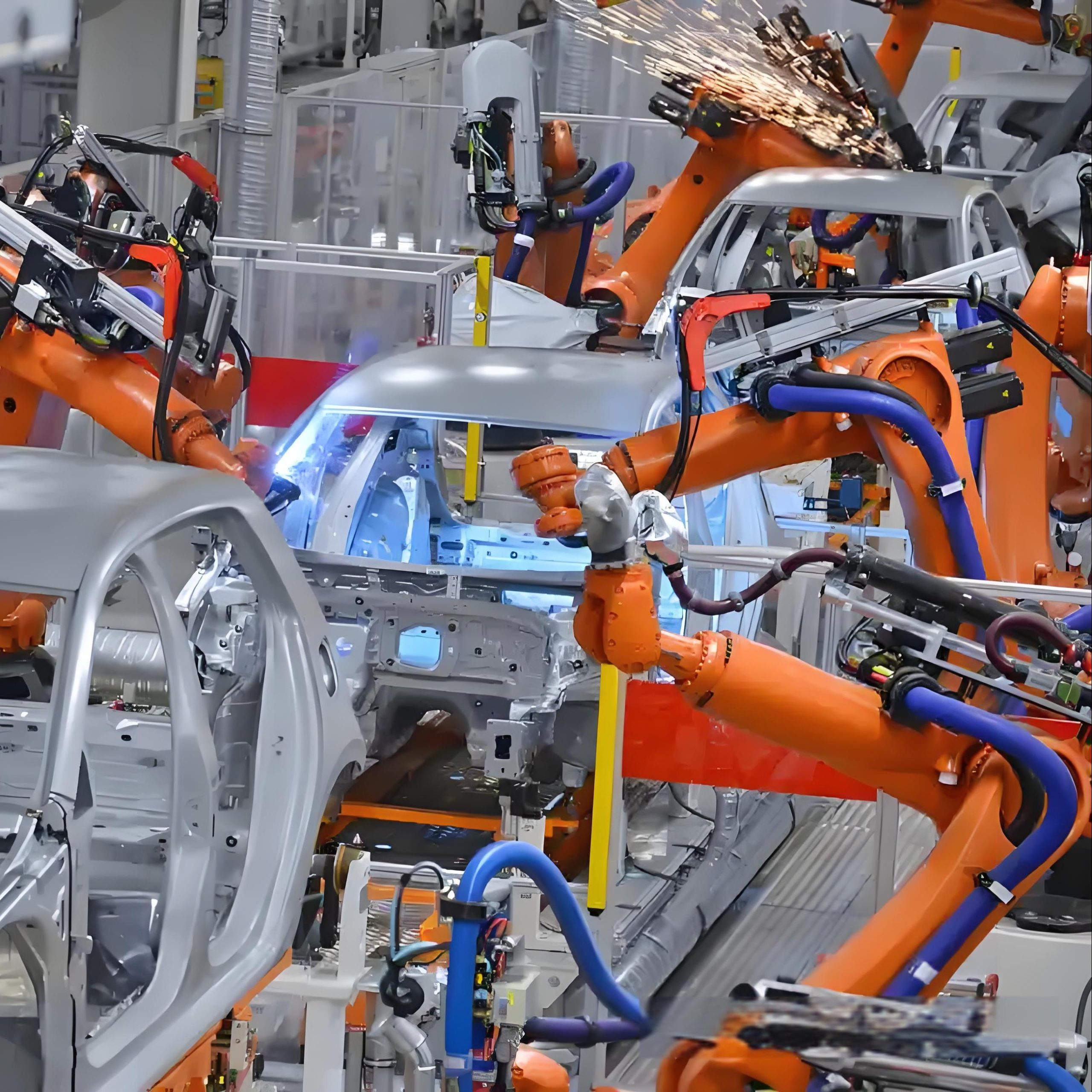
Рынок нового энергетического автомобильного пучка в Китае: рост производства в Китае, долгосрочная монополистическая структура изменилась?
2025-05-23
Рынок нового энергетического автомобильного пучка в Китае: рост производства в Китае, долгосрочная монополистическая структура изменилась?
Новый энергетический автомобильный пучок, как ключевой соединительный компонент автомобильной цепи, действует как нейронная сеть человеческого тела, отвечающая за передачу электроэнергии и обмен сигналами. С бурным ростом рынка новых энергетических транспортных средств индустрия пучков также открыла беспрецедентные возможности для развития.
В последние годы рынок новых энергетических транспортных средств Китая демонстрирует быстрый рост. Согласно статистике, в 2024 году выручка от продаж на этом рынке выросла до десятков миллиардов юаней, и ожидается, что высокие темпы роста сохранятся в течение следующих нескольких лет. За этим ростом стоит не только процветание автомобильной промышленности на новых источниках энергии, но и важность пучка проводов как основного компонента.
Что касается структуры рынка, то иностранные бренды, такие как немецкая Leni и японская Yazaki, долгое время доминировали. Тем не менее, с быстрым ростом автомобильной промышленности на новых источниках энергии в Китае, местные предприятия постепенно появляются, благодаря технологическим инновациям и контролю затрат, успешно вошли в систему цепочки поставок совместных брендов. Эта тенденция не только ускорила процесс замещения отечественного производства в Китае, но и предоставила широкие возможности
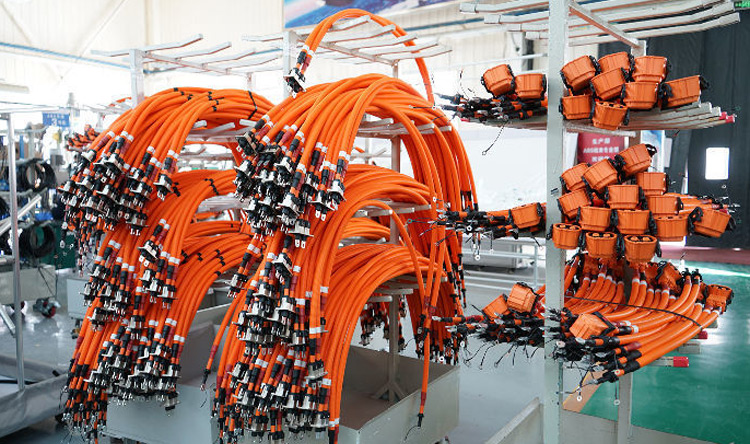
Политическая поддержка также является важным фактором, способствующим развитию отрасли. Китайское правительство ввело ряд преференциальных мер, в том числе налоговые льготы, финансовые субсидии и т. Д. Это обеспечивает благоприятную политическую среду для развития новых энергетических транспортных средств и индустрии проволоки. Реализация этой политики не только снижает операционные расходы предприятий, но и стимулирует инновационную жизнеспособность рынка.
В условиях жесткой конкуренции на рынке отечественные предприятия по производству ниток постепенно разрушают монополию предприятий, финансируемых из – за рубежа, благодаря преимуществам технологических инноваций и контроля затрат. Эти предприятия добились значительных результатов в области высоковольтных пучков, не только повысили долю внутреннего рынка Китая, но и заложили прочную основу для экспорта за рубеж.
Тем не менее, развитие индустрии пучков также сталкивается со многими проблемами. Технические барьеры, рыночная конкуренция и экологическое давление являются основными факторами, сдерживающими развитие отрасли. Для решения этих проблем предприятиям необходимо увеличить инвестиции в НИОКР, повысить качество продукции и технический уровень; В то же время необходимо также обратить внимание на зеленое производство, чтобы снизить загрязнение окружающей среды в производственных процессах.
Тем не менее, продолжающееся расширение рынка автомобилей на новых источниках энергии по – прежнему создает огромное рыночное пространство для отрасли. По мере того, как потребители будут все больше признавать автомобили с новыми источниками энергии и китайское правительство будет продолжать поддерживать автомобильную промышленность с новыми источниками энергии, индустрия пучков откроет больше возможностей для развития. Применение интеллектуальных, автоматизированных и новых материалов станет важной движущей силой модернизации отрасли.
На этом фоне предприятия пучка должны активно использовать рыночные возможности, наращивать технологические инновации и повышать конкурентоспособность продукции. В то же время необходимо укреплять сотрудничество с предприятиями в верхнем и нижнем течении, чтобы сформировать хорошую ситуацию для скоординированного развития промышленных цепочек. Только таким образом мы сможем оставаться непобедимыми в условиях жесткой рыночной конкуренции и достичь устойчивого развития.
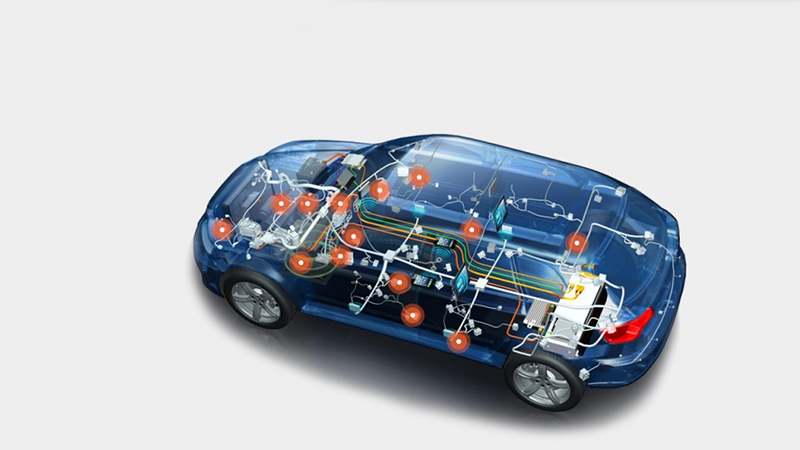
The Market for New Energy Vehicle Wire Harnesses in China: The Rise of Domestic Production and Changes in Long-term Monopoly Patterns?
As a crucial connecting component of automotive circuits, the wire harness for new energy vehicles functions similarly to the human nervous system, responsible for power transmission and signal communication. With the booming rise of the new energy vehicle market, the wire harness industry has also welcomed unprecedented development opportunities.
In recent years, the market for new energy vehicle wire harnesses in China has demonstrated rapid growth. According to statistics, by 2024, the sales revenue of this market has climbed to several hundred billion yuan, with expectations to maintain high-speed growth in the coming years. This growth not only reflects the prosperity of the new energy vehicle sector but also highlights the importance of wire harnesses as core components.
In terms of market structure, foreign brands such as Germany’s Leoni and Japan’s Yazaki have long dominated. However, with the swift rise of China’s domestic new energy vehicle industry, local companies are gradually emerging, successfully penetrating the supply chain systems of joint ventures through technological innovation and cost control. This trend not only accelerates the process of domestic substitution in China but also provides significant development space for Chinese wire harness enterprises.
Technological upgrades and intelligence have become key forces driving the development of the wire harness industry. High-voltage wire harnesses, lightweight wire harnesses, and modular designs have become mainstream trends in industry development. As a core component of new energy vehicles, high-voltage wire harnesses have extremely high technical requirements, prompting Chinese companies to continuously increase research and development investment to enhance product quality and technological standards. Meanwhile, the application of lightweight wire harnesses and modular designs effectively meets the demands for energy conservation and emissions reduction, providing strong support for the popularization of new energy vehicles.
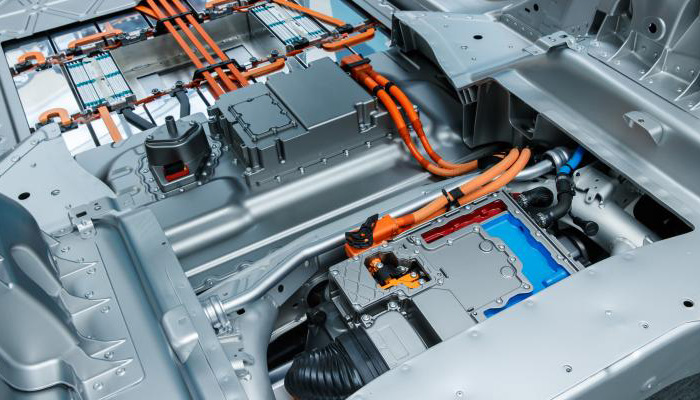
Policy support is also an important factor driving the development of the wiring harness industry. The Chinese government has introduced a series of preferential measures, including tax incentives and financial subsidies, to provide a favorable policy environment for the development of new energy vehicles and the wiring harness industry. The implementation of these policies has not only reduced operational costs for enterprises but also stimulated the market’s innovative vitality.
In the fierce market competition, domestic wiring harness companies in China have gradually broken the monopoly of foreign enterprises thanks to their advantages in technological innovation and cost control. These companies have achieved significant results in the high-voltage harness sector, which has not only increased their market share domestically but also laid a solid foundation for exports overseas.
However, the development of the wiring harness industry also faces numerous challenges. Technological barriers, market competition, and environmental pressures have become major constraints on the industry’s growth. To address these challenges, companies need to increase research and development investment to enhance product quality and technical levels; at the same time, they should also focus on green manufacturing to reduce environmental pollution during production.
Nonetheless, the ongoing expansion of the new energy vehicle market continues to offer immense market opportunities for the wiring harness industry. As consumer acceptance of new energy vehicles continues to rise, alongside the Chinese government’s ongoing support for the new energy vehicle industry, the wiring harness sector is poised to encounter more developmental opportunities. The applications of smart technology, automation, and new materials will serve as important driving forces for industry upgrading.
In this context, wiring harness companies should actively seize market opportunities, intensify technological innovation efforts, and enhance product competitiveness. Additionally, collaboration with upstream and downstream enterprises should be strengthened to foster a favorable scenario for the coordinated development of the industrial chain. Only in this way can they maintain an edge in the fierce market competition and achieve sustainable development.
